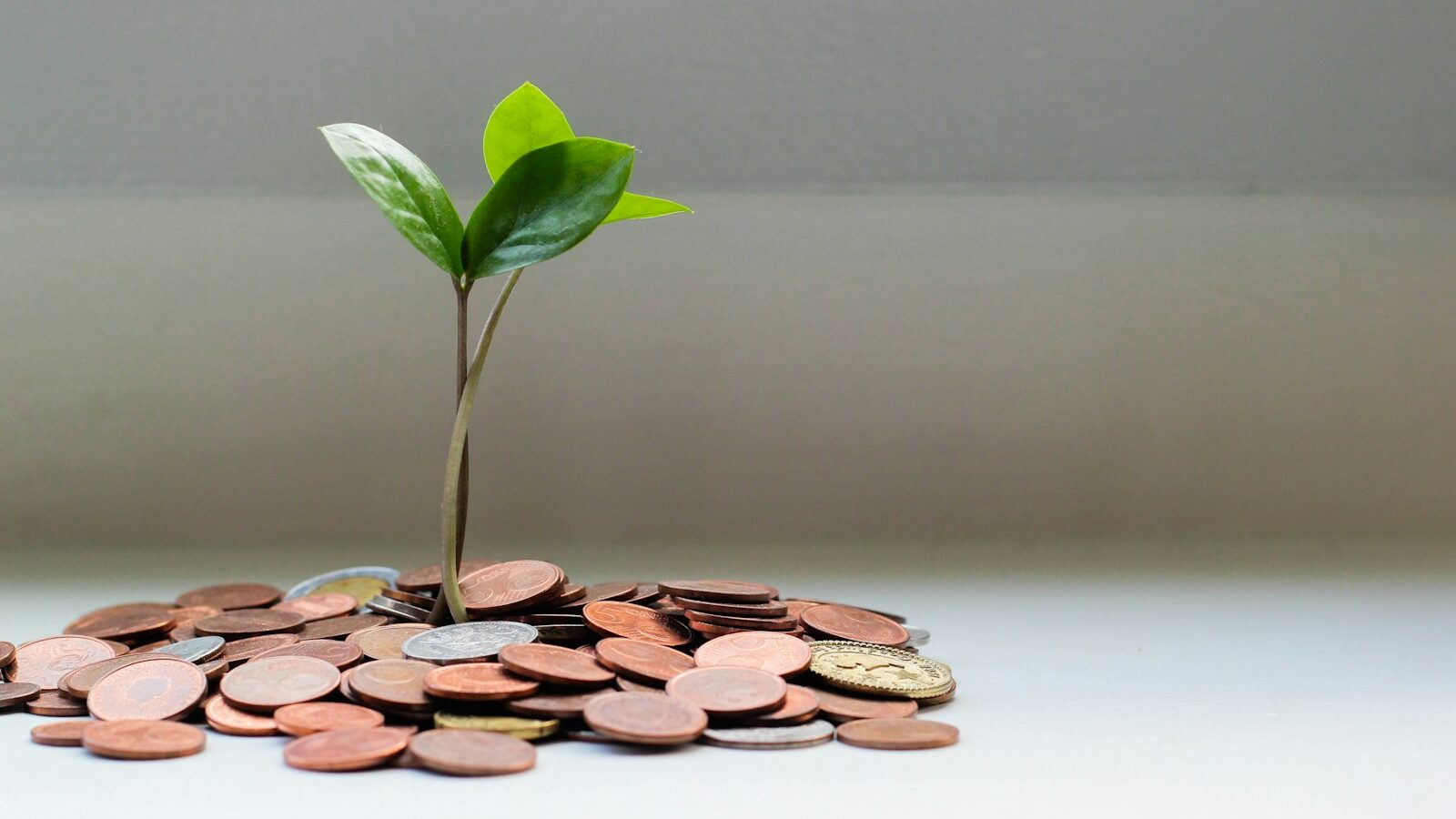 Diversity within your workforce is a sure-fire way to enhance your team and the skills and experience which you can then offer clients and suppliers. But, as Alyson Pellowe discusses, diversity and equality are complex issues – you have to be clear from the start what you expect from your team.
Diversity within your workforce is a sure-fire way to enhance your team and the skills and experience which you can then offer clients and suppliers. But, as Alyson Pellowe discusses, diversity and equality are complex issues – you have to be clear from the start what you expect from your team.
Creating a diverse workforce that is fair for everyone is a challenge faced by all organisations. It’s an even bigger challenge for some industries that are traditionally dominated by white males, such as engineering and surveying.
Lack of diversity, whatever form it takes, can lead to a shortage of skills in any industry.
However, plugging a skills gap is just one way that diversity is good for business. A diverse workforce means you get a much wider range of skills in the business as well as a good mix of attitudes and approaches.
There are benefits externally as well. With a broad mix of people from different backgrounds, experiences and abilities, you can attract customers from many different communities. The same applies to suppliers and investors.
A diverse workforce lets you provide a more tailored service or range of products and you can more readily recognise new markets. Companies insensitive to diversity, within their organisations and their marketplaces, are in danger of losing their competitive edge.
It seems fairly obvious then that developing a culture of diversity and equality is a much more holistic way of running a business. But what exactly do the terms mean, and how do we set about embedding them into our organisations?
Diversity and equality go hand in hand
First of all diversity and equality are not interchangeable; they support each other.
Equality is about treating other people fairly and with respect. It is, of course, supported by legislation that makes it illegal to discriminate, victimise or harass someone because of a real or believed difference.
When we think of diversity, issues such as ethnicity, gender, age, religion, disability and sexual orientation come to mind. However diversity encompasses a much wider range of characteristics and experiences.
I use a diagram when I’m training on the subject. It’s called the iceberg of differences and it perfectly illustrates this point.
In any organisation there are the obvious visible signs of difference such as colour, gender, age and physical ability. Just below the surface are nationality, language and religion. A little deeper down you get individual values, education and heritage. Deeper still are the life experiences that shape people’s character; thought processes; sexual orientation; talents and beliefs; and so on.
It is much healthier to embrace these differences as too much similarity can be bad for business.
Policies are essential
There’s no doubt that having people with different religious beliefs, from different cultures or having women in what is traditionally a man’s world, will bring tensions.
However, problems are less likely if you actively combat discrimination and show it will not be tolerated. That means having policies in place and it would be foolish not to.
If an employee brings a case against you, the burden of proof is on you to show you acted in a non-discriminatory way. Compensation in discrimination cases is unlimited: I’ve heard of payments approaching £200,000 in recent years.
You’ll be in a much stronger position if you actively make employees diversity aware. Make sure your policy is in the staff handbook and consider providing diversity training for all employees. You could also make your policy part of your corporate values.
Developing an equal and diverse workplace comes down to good people management, regardless of the ethnic, gender or physical ability mix of your workforce. It’s about good communication: listening to other people’s views and sharing information; behaving consistently and making judgements based on knowledge and experience.
If you can prove you are treating people fairly, and the processes are the same for everyone, there shouldn’t be a problem.
Going beyond policies
Some organisations go even further to embed diversity and equality into their cultures. Involving and engaging employees in activities that promote and support fairness is perhaps the most effective and sustainable approach.
One of my clients is a talent manager with an historically male dominated logistics company. Her role is to make sure diverse talent is recruited, developed and retained. She’s introduced a women’s network to support female employees and to make sure they have everything they need to progress.
I also know of a large company that holds an annual Diversity Month. It’s organised by a different team of employees every year so the staff are 100% involved. It helps people appreciate differences which in turn minimises misunderstandings.
Some of the activities include food in the canteen that represents the different cultures that make up the workforce. There are talks from guest speakers and staff themselves who speak about their culture and experiences. I think this is a great way to bring about better understanding within the organisation and among the customer base.
Diversity and equality is a complex subject, and I’ve only skimmed the surface. Ultimately, it is about instilling values you would expect in any good organisation and creating a culture where people feel able to challenge inappropriate behaviour and decisions.
Here are some actions you can take to develop and encourage diversity in your organisation:
- Diversity monitoring is an easy way to assess your current diversity levels. Every time you recruit, look at the mix of applicants. How many are female, or from ethnic backgrounds, or have disabilities? Monitor this through the interview stages and into appointment
- When recruiting, advertise in places that will attract a good mix of applicants: think laterally!
- At interview selection consider separating personal details such as age, gender and nationality, from background and experience information. This ensures everyone is judged equally on experience
- Develop a clear diversity and equality policy. Incorporate it into the staff handbook in clear, unambiguous language. Make diversity and equality part of your corporate values
- Raise awareness in your organisation for example, run diversity workshops for all employees. Perhaps invite staff to share their experiences.
Alyson Pellowe is founder and managing director of People Vision Ltd, a leading provider of cross-industry human resources management and development expertise.






